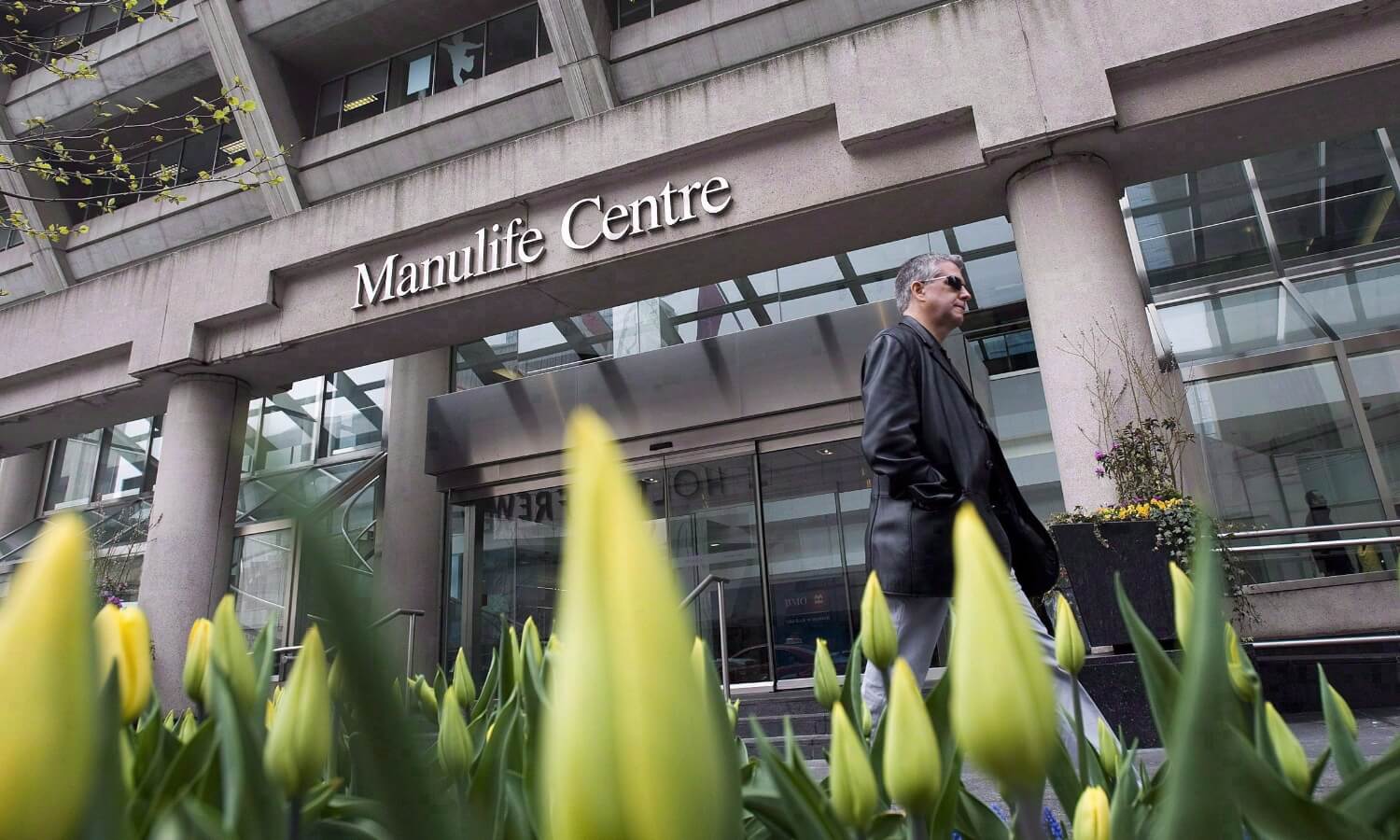Introduction to Life Insurance
Life insurance is a vital aspect of financial planning, providing protection and security for individuals and their loved ones. With various types of insurance available, it’s essential to understand the differences and choose the one that aligns with your long-term financial goals.
Term Life Insurance vs. Permanent Life Insurance
Brooke Dean, Founder of BMD Financial Ltd. at Raymond James, compares term life insurance to renting an apartment. You pay for insurance coverage for a specific period, and when the term ends, you leave the policy without any accumulated value. On the other hand, permanent life insurance is like buying a house, where you pay a higher upfront premium, but the policy accumulates equity over time, allowing you to borrow against it.
Benefits of Permanent Life Insurance
Jeffrey Talor, sales manager at CanWise Life Insurance Services, highlights the benefits of permanent life insurance, particularly in transferring wealth. For instance, when adult children inherit assets from their parents, they may be subject to tax on capital gains. A permanent life insurance policy can provide the funds to pay these taxes without having to sell the inherited assets. Additionally, permanent policies can offer dividends, where a portion of the premiums is invested to maximize returns.
When Permanent Life Insurance Makes Sense
Permanent life insurance may not be suitable for everyone, especially younger individuals. Dean advises that it’s not the best investment strategy for those under 50, unless they have already saved enough in their registered savings accounts. Some people purchase permanent policies to leave a legacy, such as grandparents buying policies for their grandchildren. The younger the policyholder, the more time the policy has to accumulate its cash value.
Term Life Insurance: A More Affordable Option
Term life insurance is generally more affordable and accessible, making it an attractive option for young families with mortgages and children. Talor notes that term life insurance can be 10 to 15 times cheaper than permanent life insurance. However, it’s essential to consider individual needs and financial goals when choosing between term and permanent life insurance.
Combining Term and Permanent Life Insurance
In some cases, combining term and permanent life insurance policies can provide both short-term protection and long-term equity building. Dean suggests that some insurance companies allow term life insurance to be converted to permanent life insurance without losing the premiums already paid. However, it’s crucial to assess individual needs and reasons for requiring both types of insurance.
Conclusion
In conclusion, choosing the right life insurance depends on your long-term financial goals and individual needs. While term life insurance provides affordable and accessible coverage for a specific period, permanent life insurance offers a way to accumulate equity and transfer wealth. By understanding the differences and benefits of each type, you can make an informed decision and ensure that you and your loved ones are protected and secure.


